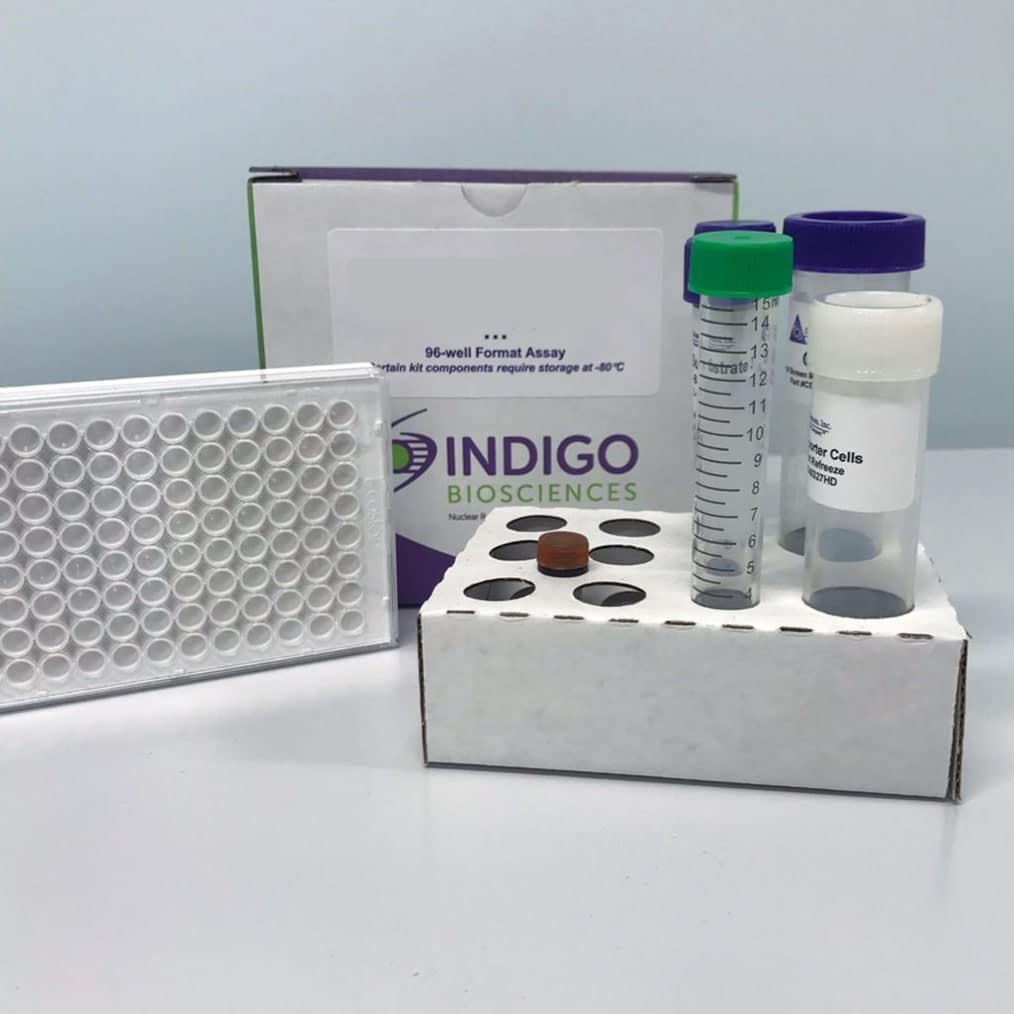Emerging Contaminants
Cell-based reporter assays rapidly detect and predict the toxicity of emerging contaminants, aiding in risk assessment and regulatory decision-making.
Cell-based reporter assays rapidly detect and predict the toxicity of emerging contaminants, aiding in risk assessment and regulatory decision-making.

Cell-based reporter assays are invaluable in the identification and testing of emerging contaminants due to their ability to rapidly, sensitively, and cost-effectively assess the potential biological activity and toxicity of these substances. These assays utilize genetically engineered cells that produce measurable signals, such as fluorescence or luminescence, when exposed to specific biological activities or toxic effects.
One of the key advantages of cell-based reporter assays is their sensitivity. Even at trace concentrations, these assays can detect low levels of biological activity, enabling the identification of emerging contaminants. By employing specific reporter cell lines designed to detect certain cellular pathways or molecular targets, researchers can gain insights into how these contaminants interact with biological systems and potentially disrupt normal cellular functions.
Another crucial aspect is the high throughput screening capability of cell-based reporter assays. As emerging contaminants often exist in large numbers, traditional testing methods can be time-consuming and expensive. However, reporter assays can be automated and conducted in a high-throughput manner, allowing for the simultaneous screening of numerous samples or chemicals. This expedites the identification and characterization of emerging contaminants.
Cell-based reporter assays are also versatile and adaptable to various biological endpoints of interest. They can be customized to target specific toxicological effects, such as hormone disruption, oxidative stress, or cellular signaling pathways. This flexibility enables researchers to assess a wide range of potential impacts associated with emerging contaminants.
Moreover, these assays provide predictive value in evaluating the potential risks posed by emerging contaminants. By measuring the biological activity or toxicity of these substances in vitro, researchers can make initial predictions about their potential effects in living organisms. This guides further research and risk assessment efforts, facilitating a proactive approach to managing these contaminants.
The data generated from cell-based reporter assays also has implications for regulatory applications. The data can support decision-making processes by providing evidence-based information on the potential hazards and risks associated with emerging contaminants. The results contribute to the development of guidelines and regulations for the monitoring, control, and mitigation of these substances.
Cell-based reporter assays serve as rapid, sensitive, and cost-effective tools for identifying and testing emerging contaminants. Their sensitivity enables the detection of low levels of biological activity, while high throughput capabilities accelerate the screening process. These assays provide mechanistic insights, predict potential risks, and support regulatory decision-making. By utilizing these assays, researchers can effectively assess the biological activity and toxicity of emerging contaminants, aiding in the understanding and management of these substances.

INDIGO offers cell-based reporter assays for key receptors useful in screening for emerging contaminants